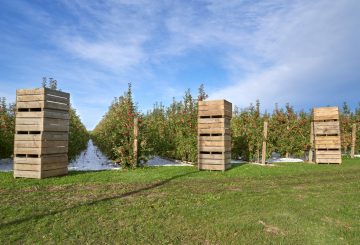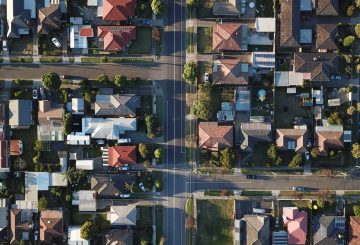ホークスベイ地域評議会は、サイクロン・ガブリエルによって深刻な被害を受けたヘイスティングスとネーピアの287件の不動産の買収を開始することを決定しました。これらの不動産は、住むのに危険な状態になっています。この決定により、これらの物件は一時的な「カテゴリー3」ステータスから「最終版」へと移行し、買収プロセスを開始できるようになりました。
地域評議会の議長であるヒネワイ・オームズビー氏は、この決定は同地域のサイクロン後の復興に大きな進展をもたらしたと指摘した。彼女は、洪水の影響を受けた地域社会が直面してきた課題に共感し、多くの住宅所有者により明確な道筋を提供できることを嬉しく思いました。
これに続いて、買収の実行はヘイスティングス地区とネーピア市の議会に引き継がれます。最近、自主的な買収方針を承認した。これには、買収提案を検討している不動産所有者を案内する専任事務所の設置などが含まれる。この施設は10月24日までに稼働する予定です。
ヘイスティングス市長のサンドラ・ヘーズルハーストは、今回の買収により、サイクロンの影響を受けた住民が悲劇から立ち直る機会を得られることへの期待を伝えました。このアプローチは、サイクロン・ガブリエルの最悪の怒りに直面した人々が明確になり、意思決定が容易になることを目的としている。
しかし、住宅所有者の中には、不動産の将来に関して依然として不確実性に直面している人もいます。地域評議会の最高経営責任者であるニック・ピート氏は、暫定的なカテゴリー2地域の不動産をめぐる曖昧さを認識した。彼は、できるだけ早く解決策を開発するための努力が続けられていることを住民に安心させました。
10月3日現在、ホークスベイ地域の物件の分類には、暫定的なカテゴリーと確認済みのカテゴリーがいくつか含まれており、安全を確保するために必要なリスクと潜在的な対策が明らかになっています。
カテゴリー定義:
- カテゴリー2P:住宅には、標高や排水の強化など、特定の調整が必要です。
- カテゴリー2C: 安全な居住のためには、ストップバンクなどのコミュニティレベルの洪水防御が必要です。
- カテゴリー2A: さらなる評価を経て再分類される可能性がある。
- カテゴリー3: 異常気象時の生命へのリスクが高く、住むのに危険な物件




























































